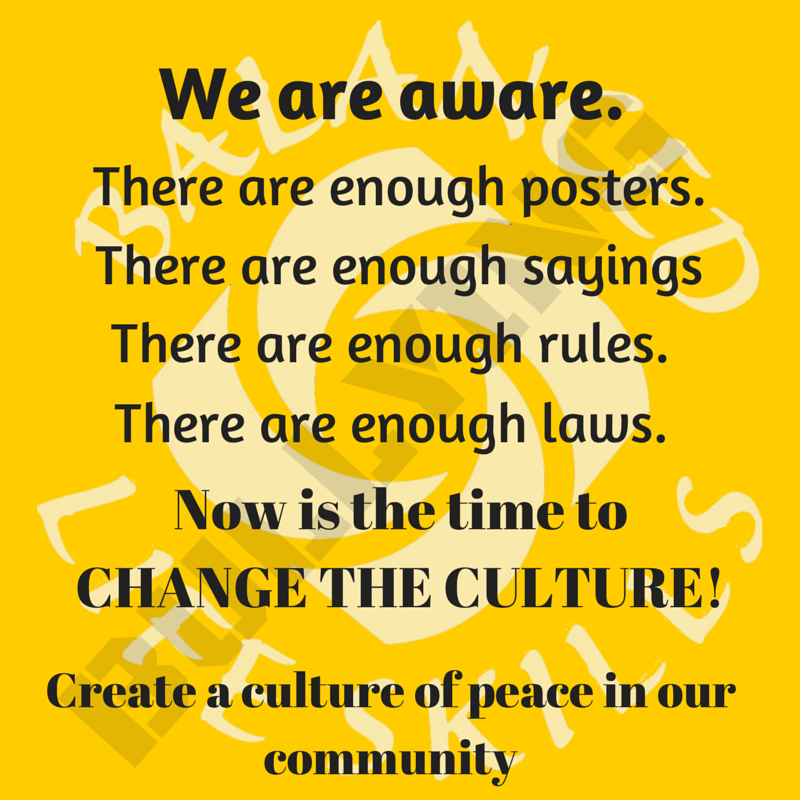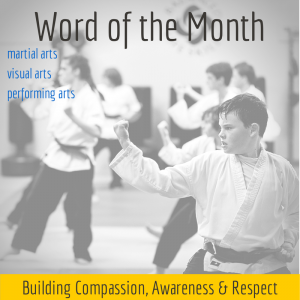Having good manners and being mannerly is two different attitudes. Having good manners means that we know what the society we are in expects from us in ways of behavior that demonstrate consideration for those around us. Many people can display the desired behaviors and appear in a good light to others. They may say the requisite Thank you, Your welcome, Please, Excuse me, and many other phrases accepted in our community and society as manners.
Having good manners though is not necessarily being mannerly. One way that we can observe good manners though that may also show that we have embraced the attitude is by our willingness to express gratitude. Gratitude is the attitude of deep appreciation for even the smallest of gifts that life has bestowed on us. So when we say thank you we do so from our hearts.
We all agree that saying thank you is good manners. Being thankful and expressing thankfulness is much deeper. There is no need for reminders; we notice the small things including what people have done for us and the beauty around us. We see the abundance we have been provided and often contemplate the richness of our life – even without massive amounts of material things. Being mannerly, having good manners is also about being grateful and continually celebrating life and all the Universe has provided each of us.




